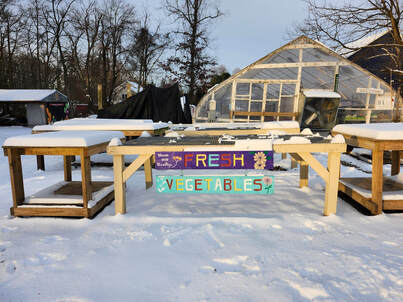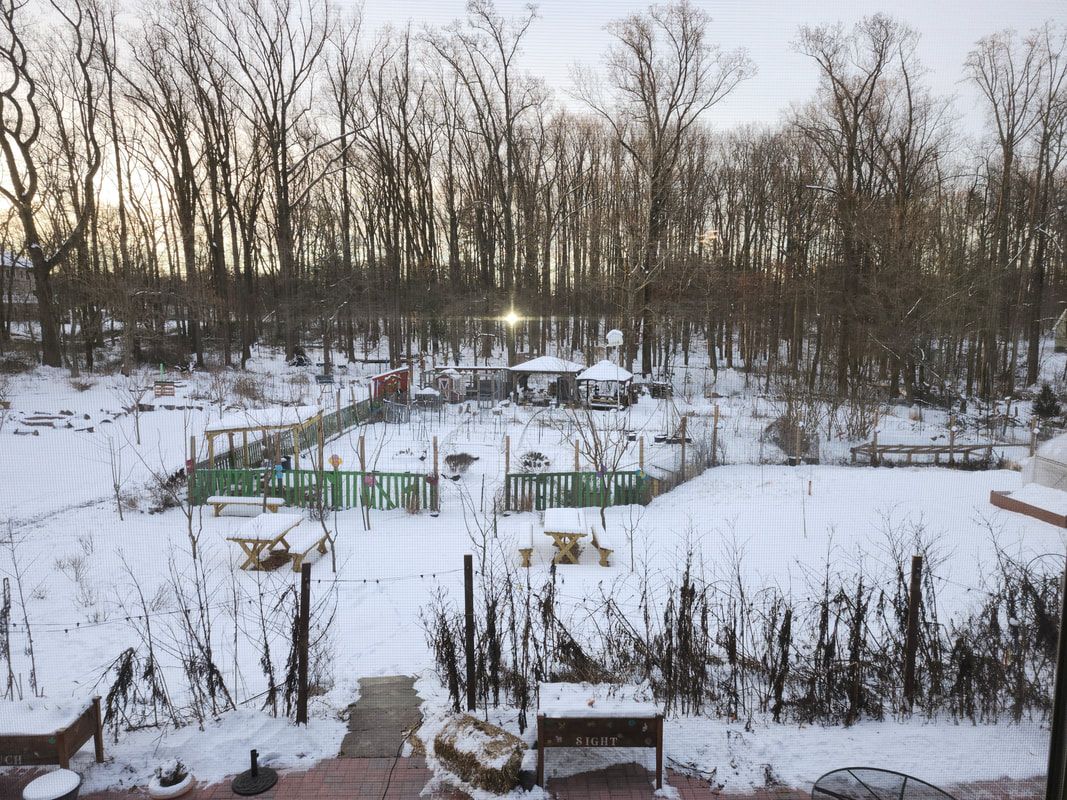|
When snow blankets the ground, it can create a beautiful winter wonderland. It can also create a hardship for many with caring for snow-covered sidewalks and driveways. Snow shoveling is estimated to cause an average of 115,000 injuries a year. In a study that reviewed snow shovel-related injuries over a 17-year period, it was found that the most common cause for these injuries was due to over-exertion of the musculoskeletal system. Low back pain and strains accounted for 34% of the injuries (Watson et al, 2011). The following are some tips on shoveling mechanics to prevent low back pain. 1. Always start with a warm-up for your body prior to heading outside. A warm-up is important to gradually increase the heart rate which improves blood flow to the muscles. Priming the muscles to work decreases the risk of muscle strains. 2. While shoveling, try to minimize bending from the back. Keep your feet about hip-width apart with a bend at the knees. Position one hand towards the end of the shovel, and grip closer to the blade with your other hand. The shovel should stay close to your body. 3. When possible, push the shovel in a forward motion. Think about initiating the push from your hips. Take small steps while shoveling to prevent slipping. 20% of shoveling-related injuries are caused by falls (1). 4. To empty the shovel, turn your feet in the direction you plan to dump the snow, initiating the pivot from the back leg. This prevents twisting which is often an irritating motion to the lumbar spine. Generate power for this motion by bending your knees and driving with your hips. 5. Take frequent rest breaks and switch your leading hand to prevent over-exertion and over-use of the same muscles. If the snow is deep, shovel small layers at a time. For prolonged snowfalls, shovel intermittently throughout the day to prevent having to remove heavy loads of snow at one time. As with all exercise, stay hydrated during and after activity. 6. The type of shovel you use is also important for proper mechanics. Ergonomic shovels are designed to minimize stress on the body. Your size and strength will dictate the appropriate size to use. If you have a larger shovel, fill it only part of the way before dumping the snow to prevent repetitive heavy lifting. 7. If you need to apply a de-icer, do this when you have finished shoveling. Magnesium Chloride is considered the least toxic type of deicing salt for plants and animals. Deicers should be spread sparingly. While only salt/salt mixtures will melt ice, there are many natural alternatives to improve traction that are less harmful to the environment. Examples of these include bird seed and kitty litter (2). References: 1. Watons, D., Shields, B., & Smith, G. (2011). Snow shovel-related injuries and medical emergencies treated in US EDs, 1990-2006. The American journal of emergency medicine, 29 (1), 11-17. https://pubmed.ncbi.nlm.nih.gov/20825768/ 2. Carroll County Environmental Advisory Council (2022, October 20). Guide to salt management for homeowners: deicing and water softeners. https://www.carrollcountymd.gov/media/17123/guide-to-salt-mgmt-for-homeowners-2022-2022-oct-20.pdf AuthorKaryn DuLaney, PT, DPT, is a physical therapist who has practiced in outpatient orthopedics for almost 2 decades. She enjoys helping patients achieve their personal goals and maintain a healthy, active lifestyle. An avid outdoor enthusiast and competitor/participant in various adventure sports, she is passionate about helping others explore outdoor activities for the mental and physical health benefits that come with them. Karyn co-founded the Community Gear Closet, which lends outdoor gear so others can have opportunities for their own outdoor adventures. Comments are closed.
|
AuthorSThe Community Ecology Institute co-authors the material on this blog with the support of several team members. Categories
All
Archives
July 2024
|



 RSS Feed
RSS Feed
